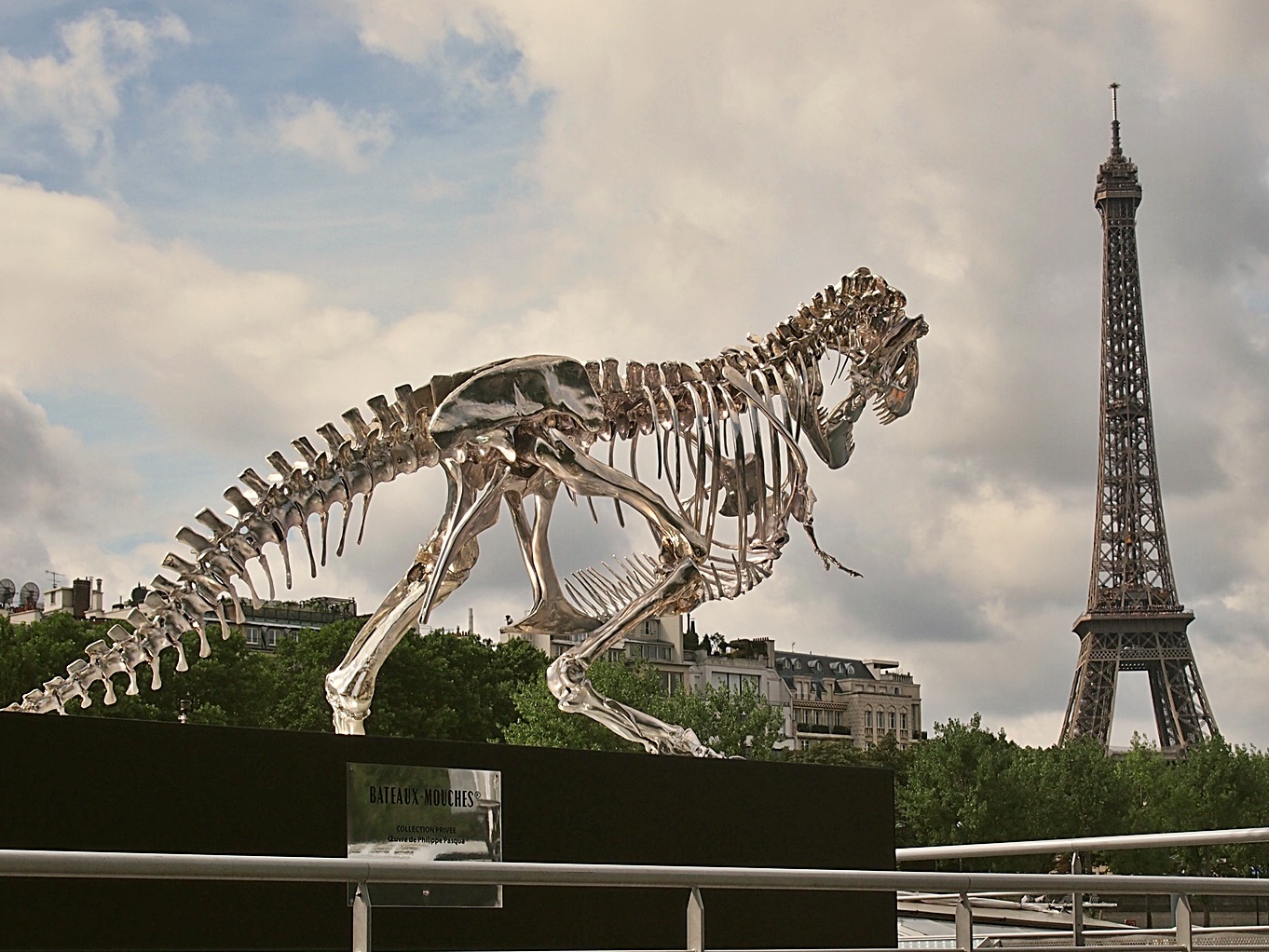Penangites want the state government to introduce congestion charges similar to that which is imposed in Singapore and Hong Kong.
deleted by creator
Bike lanes are nice, but not a universal option for everybody, especially given the Malaysian climate. The economy would shut down during monsoon season.
buses and LRT make people bound by the timetabling of the service.
A good public transport network has high frequency throughput, you should never have to wait more than 10-15 minutes for pickup.
deleted by creator
You’re projecting your own desires and willingness to accommodate the weather onto everybody else. Not even in Europe where biking is the most common, does everybody bike.
I don’t have high hopes for this. Anything that doesn’t have exclusive right of way will get bogged down by car traffic.
Wasn’t that the original point of the article, to tax vehicles on the road so as to reduce the amount of traffic. Also, it works perfectly fine in public-transit-centric cities in Europe, not sure why you think it can’t be done. Definitely higher hopes than getting everybody onto a bike.
Plus there will be days when your ride inexplicably never come after hours of waiting. You don’t have to think about it if your ride is with your own power.
This is a ridiculous argument when discussing systemic policy. It’s certainly not an issue in any city that relies heavily on public transit.
Just to chime in: not everyone can bike*. Public transportation should definitely have a variety of options, but bicycles are still a consumer-level option that can be encouraged by public infra design (just like cars are given preference in current design thinking), but it’s not public transportation per se.
*I’m specifically saying this as a disability issue, but also to note ageing itself is a disability issue.
biking is definitely an option that could take the load off motor vehicles as well as public transport, also has the indirect effect of reducing burden on public health as it reduces reliance on healthcare.
But what all malaysian city need is better public transportation. People keep saying car is the enemy, but have they ever considered why people have to rely on cars in the first place?
Very much agree there. The other thing about bikes or any other solution inc rail will have to and is already having to contend with is the legacy of the car-focused urban landscape. Compare central KL that’s built up pre-car with Petaling Jaya, Shah Alam, or the worst of them all (imo) Putrajaya. Even as you’re switching to non-car options the distance you’ll need to travel is ridiculous and does impact 1) public budgeting; 2) individual options (like bikes, and why I’m conscious of bicycling is an option that requires an able body and not to mention we’ll need to consider electric options because the built up roads are not designed for human-powered options).
My personal opinion is that alongside all the investment in public transportation, we have to start moving urban planning into something like the fediverse (lmao just using the analogy of the day but I’ve been thinking on this awhile), having a conglomeration of satellite town and communities that people depend most on their daily life and work with the travel across communities to be an irregular situation. Travelling daily from Nilai just to work in Ampang should not be normalized for example. But that means the pattern of employment and work AND other things like schools etc needs to shift.
ETA: sorry derailed with all the Klang Valley examples! But I also think this is why Georgetown will have the best chance of success if it goes car-free. It’s like central KL and old Taiping and Ipoh towns - it’s designed for a time when human walkability and access must be considered so things are more compactly spaced. But it does means there’s going to be a challenge if urban planning still prefers to keep that for business and tourism because that means the local govt just like KL would prefer for ppl to continue living in the satellite towns - that’s the travel component that pushes ppl into thinking cars are more convenient
car-free is only possible if you have 1) forward-looking urban planning from the get-go 2) public transportation that support said urban planning. This unfortunately takes at least a decade or two.
Local governments are still very obsessed with approving super high-density buildings and never consider the amount of traffic that’s going to cause and how people are going to move around.
re human walkability - construction of footpaths, building pedestrian crossings at every junction, and perhaps construct wombat crossings, shared-zone and enforced speed limit around populated area could also work which are all very easy to do with enough political will and should be the bare minimum.
I could also comment about the fact Federation of Malaysia is too centralised when it comes to planning, funding and construction of public infrastructure, including public transport. All the states are too dependent on Putrajaya for funding, which is tragic for local public transportation. It’s very different compared to US or Australia whereby each state is free to pursue their own respective public transportation policy with minimal federal government input as they could raise significant tax revenue to fund their own projects.
Wasn’t that the original point of the article, to tax vehicles on the road so as to reduce the amount of traffic.
Vehicles are already taxed 3-4 times when you purchase it (75-105% excise duty + 6%SST + stamp duty + CBU tax (if applicable)), once per annum for road tax (which scales up according to cc), introducing congestion charge is a bad idea and will only increase the cost of living for those that rely on it.
Also, it works perfectly fine in public-transit-centric cities in Europe, not sure why you think it can’t be done.
Also, have you considered that they have viable transport system with so many alternatives? I have travelled to Western Europe myself, the public transport there have already been fleshed out many decades ago. When I visited London and used their Tube, that system is more than 150 years old… And these Penangites they want the government to emulate HK and Singapore, and again, their public transport is very complete which is why they could pull it off.
Introduce it when the public transport is complete, up and running so people have an option. At this point in time - it’s just a bad policy.
The only city capable of pulling this off is KL, once the MRT3 is complete and running and they sort out kinks wrt last-mile solution. Penang? nah, wait for another 2 decades.
It might be too late to pull back the climate changes in Penang, both the Island and mainland. In just 30 years, the temperature increase 6+°C, the next 20 decades will be harsh as the changes compound itself. There is a study from Think City Institute [1]:
There was an increase of 5.63°C in Bayan Lepas’ surface temperature between 1988 and 2020 and nearby George Town surface temperature between 1988 and 2020 showed an increase of 6.37°C. [1]
Currently, for shinny days, it is averaging 32-34°C, the next decades, I afraid some will have to withstand the 40°C as the new norm, and imagine with the humidity.
[1] https://thinkcityinstitute.org/Urban-Solutions-for-Malaysian-Cities/index.html#page=182



